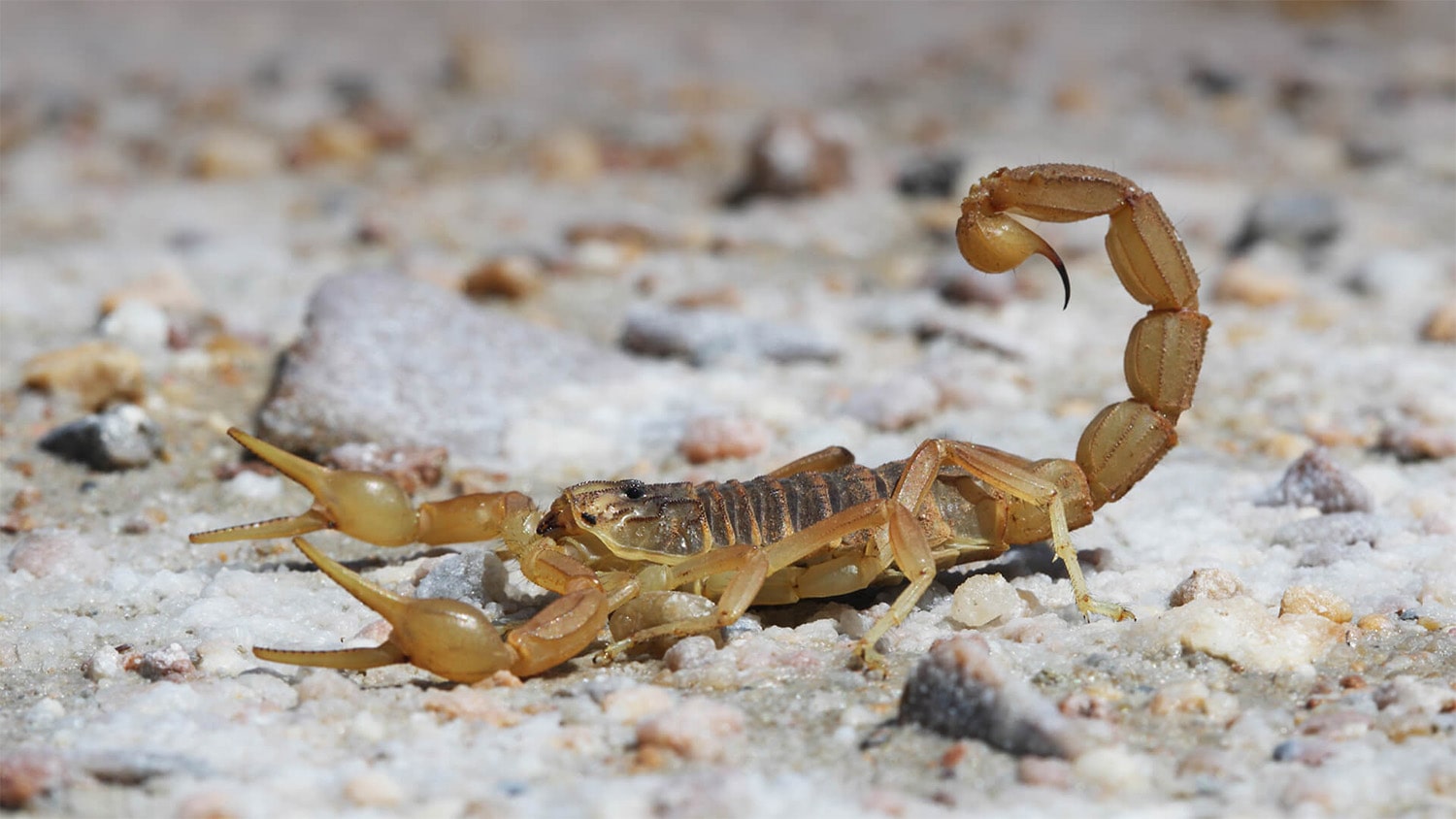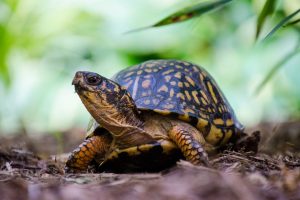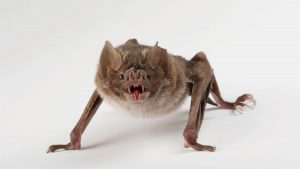
39 interesting facts about scorpions
- 👁️ 1140
Scorpions, those enigmatic and often misunderstood creatures, have fascinated humanity for millennia. Belonging to the class Arachnida, they share this category with spiders, mites, and ticks. Scorpions are known for their venomous sting, a feature that has earned them a fearsome reputation. However, there’s much more to these ancient arachnids than their ability to harm. They play vital roles in their ecosystems, and their unique biological traits offer valuable insights into the natural world. Here are 39 interesting and informative facts about scorpions, shedding light on their complexity and the survival strategies that have allowed them to thrive for millions of years.
- There are over 2,000 known species of scorpions worldwide.
- Scorpions are found on every continent except Antarctica.
- They have been living on Earth for over 430 million years.
- Scorpions fluoresce under ultraviolet light due to substances found in their cuticle.
- The venom of a scorpion is used primarily for defense and to subdue prey.
- Only about 30 to 40 species have venom potent enough to be dangerous to humans.
- Scorpions can live for up to 25 years, making them one of the longest-living arachnids.
- They are nocturnal predators, hunting mostly at night.
- Scorpions have eight legs, like all arachnids, and a pair of pincers called pedipalps.
- The scorpion’s tail, called a telson, ends in a stinger that delivers venom.
- Scorpions give birth to live young, a process known as viviparity.
- A scorpion’s diet primarily consists of insects, although larger species can take down small mammals and reptiles.
- They have a unique method of reproduction, involving a complex courtship dance called a promenade à deux.
- Scorpions can survive a year without food due to their efficient metabolism.
- They regulate their body temperature through behavioral adaptations, seeking shade or burrows to avoid extreme heat.
- The smallest scorpion species is less than an inch long, while the largest can exceed 8 inches.
- Scorpions have poor eyesight despite having as many as 12 eyes; they rely on touch and vibrations to navigate and hunt.
- They are solitary creatures, coming together only for mating.
- Scorpions have a hard exoskeleton made of chitin, which they must shed in a process called molting as they grow.
- The deathstalker scorpion is considered one of the most dangerous species due to its potent venom.
- Scorpions have been found at elevations of up to 5,500 meters in the Andes Mountains.
- Some species of scorpions can go through nuclear radiation unharmed, showing an incredible resistance to toxins.
- Ancient cultures often revered or feared scorpions, incorporating them into myths, symbols, and constellations.
- The scorpion’s venom is a mix of neurotoxins and enzyme inhibitors.
- Despite their fearsome reputation, scorpions often fall prey to bats, birds, and larger mammals.
- Female scorpions are known to exhibit maternal behaviors, caring for their young until they can fend for themselves.
- The oldest known scorpion fossils date back to the Silurian period.
- Scorpions can adjust the venom potency depending on the need, conserving it for defense or predation.
- They prefer arid and semi-arid environments but can be found in rainforests, grasslands, and even mountainous regions.
- Some species construct elaborate burrows with multiple chambers and entrances.
- The Indian red scorpion is often cited as the most lethal scorpion species.
- Scorpions’ bodies can withstand compression, allowing them to squeeze into tight spaces.
- Water conservation is crucial for scorpions; they produce very concentrated waste to minimize water loss.
- In some regions, scorpions are considered a delicacy and eaten.
- Scorpions can survive underwater for up to 48 hours by slowing their metabolism.
- The Emperor Scorpion is one of the largest species and is often kept as a pet.
- Scorpion venom is being researched for potential medical applications, including cancer treatment.
- Some species exhibit social behaviors, such as communal nesting and cooperation.
- Scorpions communicate during courtship and territorial disputes through vibrations and pheromones.
Scorpions, with their ancient lineage and remarkable adaptations, are among the most intriguing and resilient creatures on the planet. While they may be feared for their venomous sting, they play crucial roles in their ecosystems as both predators and prey. The ongoing research into their venom offers promising prospects for medical advancements, demonstrating that scorpions are not only survivors of the past but could also be keys to future scientific breakthroughs. Understanding and appreciating these remarkable arachnids can help demystify their reputation and highlight their importance in the natural world.











